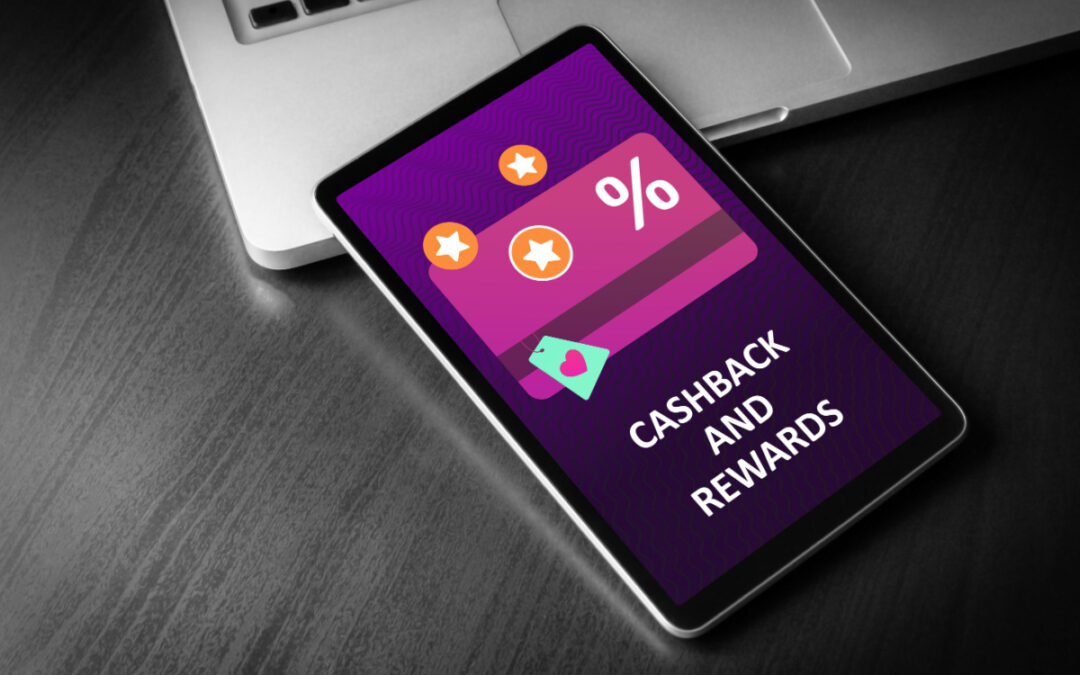Introduction: The Power of Loyalty Programs
Hey there, American small business owners! Ever wondered why big brands are so keen on loyalty programs? Let’s dive deep into the world of loyalty programs and understand their significance in today’s cutthroat market. At its core, a loyalty program is a marketing strategy designed to encourage customers to continue to shop or use the services of a business associated with the program. But why are they so crucial?
The Evolution of Loyalty Programs: A Trip Down Memory Lane
Loyalty programs aren’t a new concept. They’ve been around since the late 18th century when American retailers gave copper tokens to customers to redeem on future purchases. Fast forward to today, and we’ve seen an evolution from simple stamp cards to sophisticated digital reward systems. The essence, however, remains the same: reward your customers, and they’ll reward you back with their loyalty.
Why Loyalty Programs Matter: More Than Just Points and Rewards
Loyalty programs are more than just a marketing gimmick. They offer tangible benefits:
- Customer Retention: A study found that it costs five times more to acquire a new customer than to retain an existing one1.
- Enhanced Customer Lifetime Value: Loyal customers often spend more and purchase more frequently.
- Boosted Sales and Revenue: With the right incentives, customers are encouraged to shop more.
- Strengthened Brand Loyalty: Beyond transactions, loyalty programs foster emotional connections.
Types of Loyalty Programs: Which One Fits Your Business?
There are various loyalty program examples out there, but which one suits your business best?
- Point-based Systems: Customers earn points for purchases, which they can redeem later.
- Tiered Loyalty Programs: The more a customer shops, the higher they climb the loyalty ladder, unlocking better rewards.
- Subscription-based Programs: Customers pay upfront for VIP benefits.
- Coalition Programs: Partner with other businesses to offer shared rewards.
- Game-based Loyalty Programs: Make earning rewards fun with games and challenges!
Key Components of a Successful Loyalty Program: The Building Blocks
To ensure your loyalty program stands out, consider these essential components:
- Clear and Attainable Rewards: No one likes unreachable goals. Make sure your rewards are achievable.
- Personalized Experiences: Use data analytics to offer tailored rewards.
- Seamless Integration: Your loyalty program should complement other marketing efforts.
- Regular Communication: Keep your members informed about their points and rewards.
- Flexibility: Be ready to adapt based on feedback.
Steps to Build a Loyalty Program for Your Customers: A Blueprint for Success
Ready to set up your loyalty program? Follow these steps:
- Understand Your Target Audience: Know who you’re catering to.
- Define Clear Objectives: What do you hope to achieve?
- Choose the Right Type of Loyalty Program: Refer to the loyalty program examples above.
- Design the Reward Structure: Decide on the rewards and how customers can earn them.
- Integrate Technology: Use apps or software for tracking.
- Promote Effectively: Let your customers know about your program.
- Review and Adjust: Continuously improve based on feedback.
Challenges and Pitfalls to Avoid: Navigating the Loyalty Landscape
While loyalty programs offer numerous benefits, there are challenges:
- Complexity: Keep it simple. Don’t confuse your customers.
- Data Security: Ensure customer data is protected.
- Devaluation of Rewards: Don’t frequently change reward structures.
- Relevance: Update your program to keep it fresh and engaging.
The Future of Loyalty Programs: What’s Next?
The future is bright and tech-driven:
- Data Analytics: Understand shopping habits to offer better rewards.
- AI-driven Recommendations: Offer rewards based on predictive analytics.
- Experiential Rewards: Offer unique experiences as rewards, like exclusive events.
Conclusion: The Loyalty Journey
Loyalty programs are a powerful tool for small business owners. They not only boost sales but also foster long-term relationships with customers. So, as you ponder over loyalty program examples, remember that the key is to offer genuine value and keep evolving. Here’s to building a loyal customer base!
—
Do you want to create your own loyalty program but struggling with technology? Then schedule your free 15-minute strategy call with us here.


Recent Comments